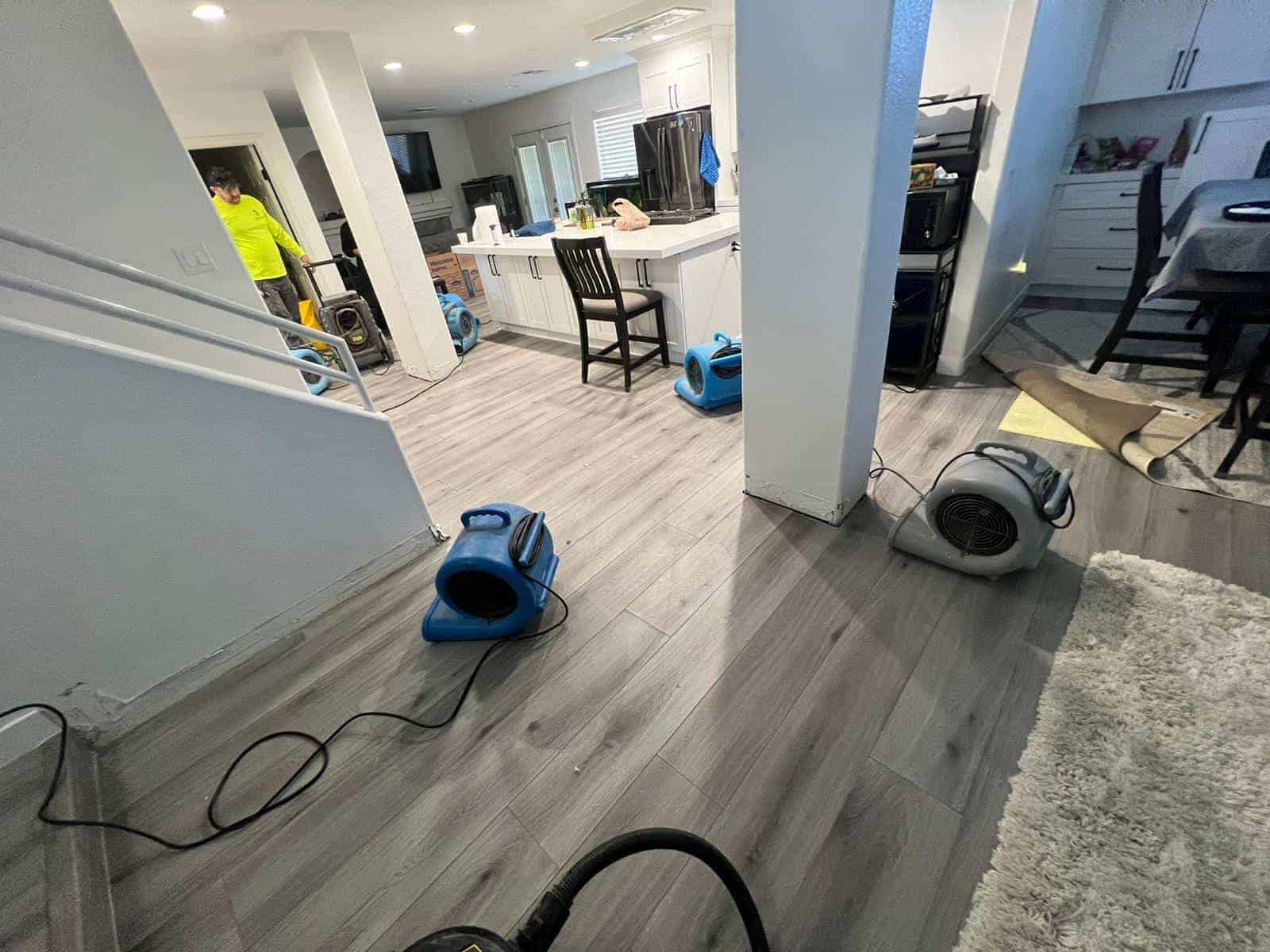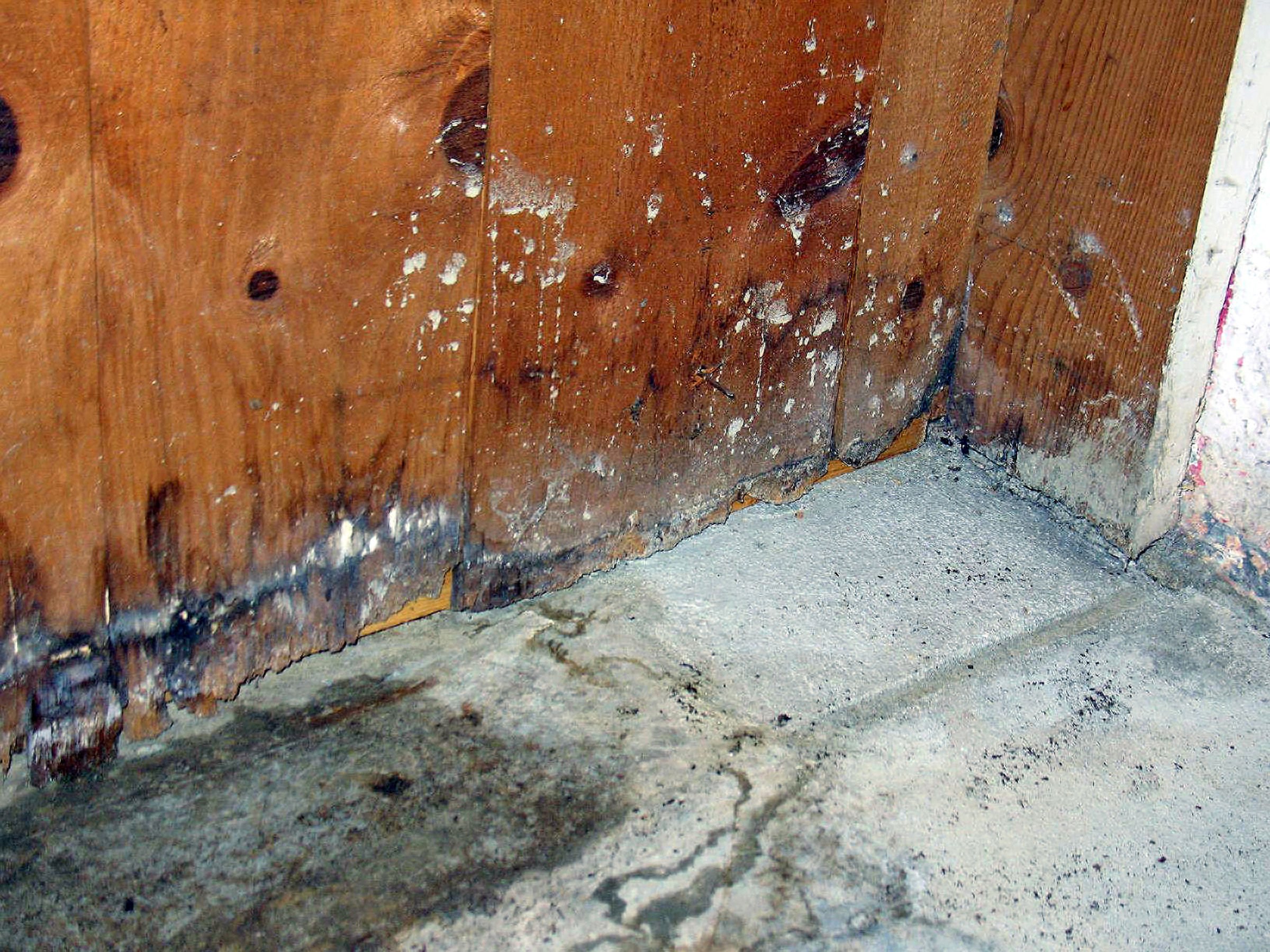Emergency Water Leak Repair to Prevent Further Property Destruction
The Process of Water Damage Clean-up: Guaranteeing Your Home Is Restored Properly
Water damages can be an overwhelming challenge for home owners, demanding a precise and structured cleaning procedure to restore safety and performance. Initially, a comprehensive analysis is vital to determine the level of the damages and determine the suitable removal measures. Following this, reliable water removal techniques play a critical role in mitigating additional injury. The subtleties of drying out, sterilizing, and eventual remediation are similarly crucial and typically forgotten. Recognizing these stages can make a considerable distinction in the end result of your home's restoration, prompting a closer appearance at what each step involves.
Analyzing the Damage
Upon discovering water damages, the very first step is to completely evaluate the extent of the effect. This first assessment is essential, as it helps establish the needed steps for efficient clean-up and remediation. Begin by checking the influenced areas, including walls, ceilings, floors, and personal belongings, to determine the resource of the water breach, whether from flooding, leaks, or condensation.
Recording the damages is necessary for both insurance coverage claims and preparing restoration efforts - damage restoration services. Use photos and written notes to record the severity of the damages, keeping in mind any kind of affected architectural aspects and products. Pay unique interest to locations that might not be immediately noticeable, such as behind walls and under carpetings, as concealed dampness can cause more issues, consisting of mold and mildew growth
In addition, assess the timeline of the water direct exposure. The longer the materials stay damp, the greater the potential for damages. Comprehending the duration of direct exposure will inform the urgency of removal initiatives. Inevitably, a detailed analysis prepares for a successful water damage cleaning procedure, making certain that all impacted locations are addressed successfully and completely.
Water Extraction Methods

Specialists typically use completely submersible pumps for bigger quantities of water, which can promptly minimize flooding in cellars or various other influenced areas. For smaller amounts, wet/dry vacuum cleaners are often used to draw out residual moisture from carpets and hard surface areas. In addition, utilizing mobile extractors enables targeted elimination in restricted areas or areas with delicate materials.
In instances of infected water, such as sewer or floodwater, progressed extraction strategies might include making use of biohazard tools to ensure safety and security and compliance with wellness laws. High-powered removal tools are essential in decreasing water retention in architectural materials, which can result in mold and mildew development and structural degeneration if not dealt with quickly.
Ultimately, the performance of water extraction methods plays a critical role in the general success of the water damages cleanup procedure, laying the groundwork for succeeding repair efforts.
Drying and Dehumidification
As soon as standing water has actually been efficiently removed, the following vital phase in the water damages cleanup process is drying and dehumidification. This action is necessary to prevent more damage and mold growth, which can happen within 24 to 48 hours in wet environments.
To attain effective drying, specific equipment such as industrial-grade air movers and dehumidifiers is used. Air movers flow air across damp surfaces, boosting evaporation rates, while dehumidifiers minimize moisture degrees in the air, advertising a conducive atmosphere for drying. The combination of these devices makes certain that wetness is extracted from wall surfaces, floorings, and furnishings, allowing them to completely dry thoroughly.
It is very important to monitor the drying procedure closely. Professionals usually use wetness meters to analyze content the moisture material in various products, making certain that all affected areas get to appropriate dry skin degrees. This careful strategy helps to stop surprise wetness pockets that can bring about structural damage or undesirable mold growth.

Cleansing and Disinfecting
After the drying and dehumidification phase is complete, the following vital action in water damages cleaning is cleaning and sanitizing the impacted areas. This procedure is critical to prevent the growth of mold and mildew, microorganisms, and other virus that grow in moist environments.
The cleaning stage commonly involves removing any type of particles, dust, and impurities from surface areas making use of specialized cleaning agents. For hard helpful hints surfaces, a combination of soap and water or industrial cleaning products is typically utilized. Soft products, such as furniture and carpetings, might call for extra considerable cleaning approaches, including heavy steam cleaning or deep extraction methods, to make certain complete sanitation.

Sterilizing complies with cleaning, utilizing EPA-approved disinfectants to eliminate harmful microbes. This action is necessary, especially in areas that may have entered into call with floodwaters or sewer, as these sources can present serious health and wellness dangers.
Additionally, it is essential to attend to any type of continuing to be odors, which might require the usage of smell neutralizers or advanced strategies like ozone treatment. Proper cleansing and sanitizing not just bring back the safety and security and hygiene of your home but additionally lay the foundation for effective repair and repairs in succeeding stages of the water damage cleanup procedure.
Reconstruction and Repair Services

As soon as the assessment is total, restoration efforts can begin. Additionally, floor covering might call for similar attention, depending on the degree of water exposure.
It is critical to engage seasoned reconstruction experts during this process, as they possess the experience to manage complicated fixings successfully. They can help minimize potential future concerns, such as mold growth or structural instability, therefore making sure a secure and habitable living environment. Ultimately, effective reconstruction and repair services recover the home's honesty and boost its overall worth.
Conclusion
To conclude, the process of water damage cleanup is crucial for bring back a home to its pre-damage condition. Each stage, from analyzing the damages to applying reliable water removal strategies, adhered to by thorough drying, sanitizing, and essential repairs, plays an essential role in ensuring safety and security and compliance with structure requirements. Effective implementation of these steps not only mitigates immediate damages however likewise boosts the long-term honesty and worth of the residential property.
Water damages can be an overwhelming obstacle for property owners, necessitating a meticulous and organized clean-up procedure to recover security and capability. Inevitably, an extensive evaluation lays the foundation for an effective water damage clean-up procedure, making sure that all affected locations are dealt with efficiently and extensively.
Reliable water removal techniques are crucial in minimizing damages and avoiding more issues following a water invasion event.In verdict, explanation the process of water damages cleanup is essential for bring back a home to its pre-damage problem. Each phase, from analyzing the damage to applying efficient water removal techniques, complied with by comprehensive drying out, sterilizing, and necessary fixings, plays a vital duty in guaranteeing safety and security and compliance with structure standards.